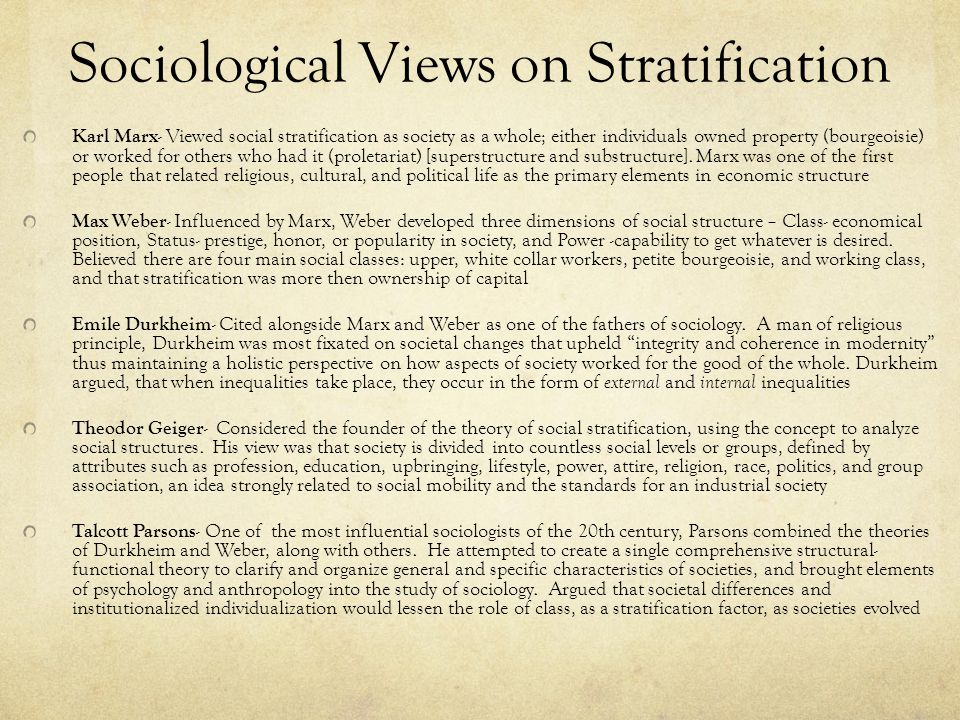Relevance: Sociology: Paper I: Social Stratification
What is Hierarchy?
- The literal meaning of term “hierarchy” is gradation or a ranking system. This term is very commonly used in the discussions of social stratification. It signifies that individuals and groups in any society are not socially treated equally but graded differently. The concept of hierarchy denotes that people in a society are graded or ranked differently depending upon the type of the statuses that they occupy.
- Hierarchy refers to “Any relationship of individuals, groups, or classes involving a system of ranking”. Broadly speaking Hierarchy refers to “ranking of statuses within society or an organization according to some criterion of evaluation accepted as relevant within the system”.
How the Concept of Hierarchy can be used in the Analysis of Social Stratification and society?
- Any system, social or otherwise, is said to be hierarchical or gradational in nature if it consists of different strata or layers one on top of another. The more hierarchical a system is, the greater the number of layers and, generally, the greater the distance between the top and bottom are found. In a system for say Caste system hierarchy help us understand social Inequality and Social distance among Castes.
Why the concept of Hierarchy is important?
- Hierarchy is an important concept because, by making use of the hierarchical principle it is comparatively easier to trace out the relative status or position of an individual or group in a particular society.
For example, it is through the principle of hierarchy, we can say, that in a caste system, the Brahmins as a caste group occupy the top-most position enjoying the privileges associated with it, while the untouchable castes occupy the bottom most position suffering from all the disabilities related with it. A large number caste, often referred to as ‘intermediary castes’ occupy different positions which lie in between these two extreme positions.
- Similarly, class system, is also hierarchical in which the capitalists and the rich occupy the top position in the hierarchy while the workers and the poor occupy the bottom most position. The position in between these two is occupied by the middle class. Sociologists have also spoken of a six-fold division of class hierarchy.
- The principle of hierarchy is also important in the area of operation of power and authority. Normally, power and authority flow from higher level to lower level as we witness it in all types of bureaucracies. The exercise of power and authority and the control of people and resource become organized in a hierarchical way. The higher the position of an individual in the hierarchy, the greater the power and control of resources that he has access to and vice versa. This kind of hierarchical principle can be seen in virtually every area of social life, from politics and economics to religion and education.
- More extensive the hierarchy, higher is the differentiation in the society. Further, according to the functionalists, hierarchy is also a symbol of rising specialisation and differentiation in the society. Post modernists argue that western societies, now have a continuum of individualised inequalities and hence, almost infinite strata and numerous hierarchies.
- Hierarchy can also be interpreted as the opposite of equality. Modern democratic societies provide for equality of opportunity and abhor hierarchy based on status.
- Hierarchy also results into unequal opportunities and unequal rewards. Unequal rewards further reinforce hierarchy. Marxists perceive this hierarchy as a design of the dominant classes and deem it inimical to classless society.
- Hierarchy is viewed in value-neutral terms also. In parlance of work organisation, hierarchy is a necessity. In organisations, hierarchy provides direction to the collective efforts and ensures that orders are executed. No organisation in the world is without a formal or informal hierarchy. In some organisations like army, it is very tight, in some organisations like startup tech firms, it is very loose.
For more such notes, Articles, News & Views Join our Telegram Channel.
Click the link below to see the details about the UPSC –Civils courses offered by Triumph IAS. https://triumphias.com/pages-all-courses.php


